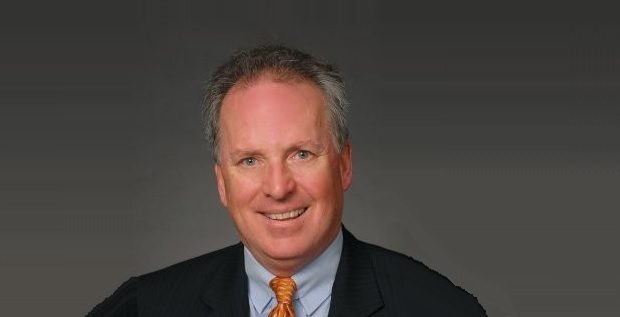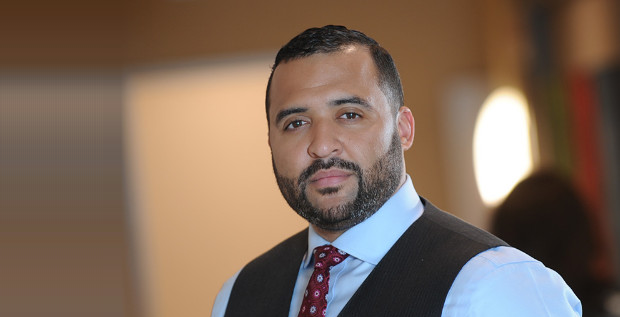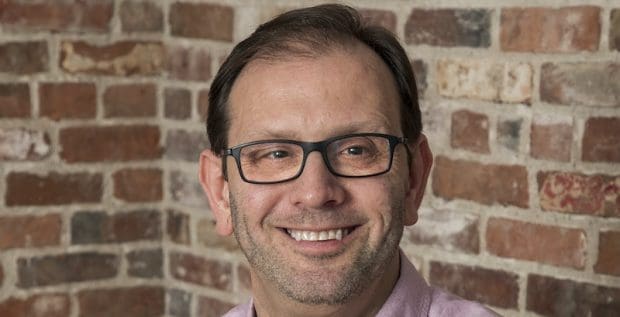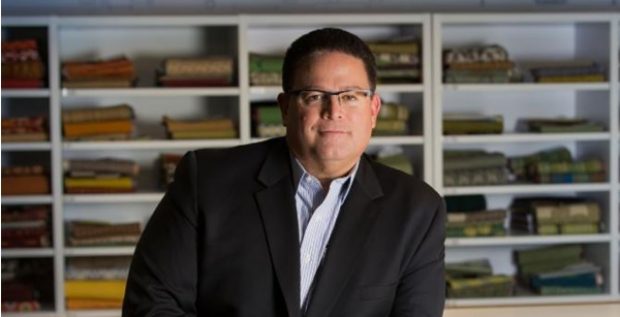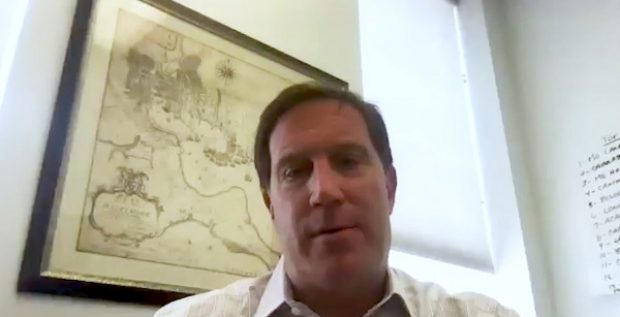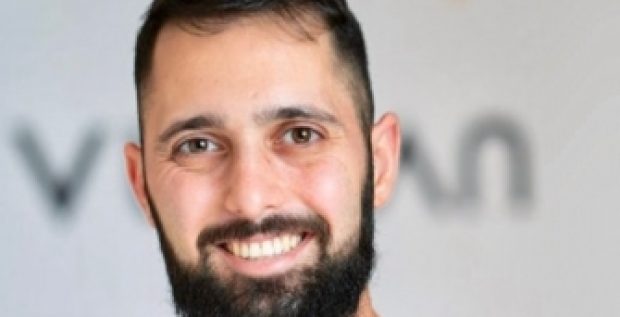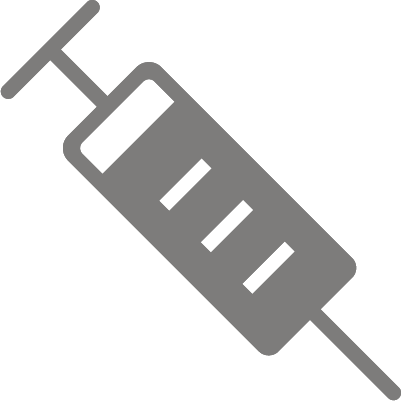Cheryl Colleluori is the CEO and president of the HEADstrong Foundation, a Pennsylvania not-for-profit charitable organization dedicated to serving families impacted by and funding research into blood cancer. The HEADstrong Foundation is named for its founder, Cheryl’s son Nick “Head” Colleluori, who was diagnosed with Diffuse Large B-Cell non-Hodgkin’s Lymphoma shortly after enrolling in Hofstra University. A tough and talented lacrosse player, Nick symbolizes the character and mission of the foundation, which he created from his hospital bed while undergoing cancer treatment. Although Nick passed away in 2006, the organization has carried on his legacy by investing over $9 million in cancer research and family assistance.
EDWIN WARFIELD: Can you tell us about the events that led up to the Foundation being created?
CHERYL COLLELUORI: Well, Nick Colleluori happens to be my third child, my third son, and he is the founder of the HEADstrong Foundation. While he was affected with cancer, at just 19 years of age, spending a great deal of time in the hospital, he recognized a lack of available resources for families and organizations that would be involved, hands-on with patients directly. From his hospital bed, he created the HEADstrong Foundation. I’m very, very proud of his selflessness and his insight. He was a phenomenal human being and very selfless, very headstrong, which is where the name of the organization comes from. His mental attitude, his physical toughness—his nickname was Head from the time he was a peanut—and the rest is history.
Q. How long has the organization been around, and what has it accomplished since its founding?
A. We have been HEADstrong now for 10 years. It’s hard to believe that Nick has been gone from our lives for 10 years. When HEADstrong originally developed, we weren’t sure where it would lead, but the promise that I made to my child, that other people would benefit from his life, has really turned into my passion and a way to stay connected to Nick, to keep that promise. To date, we’ve raised over $9 million and we have assisted over 14,000 families nationwide.
Q. What factors have contributed to that longevity and impact?
A. We have been embraced by the lacrosse community at a national level, from the major leagues to the college leagues, to high school youth. Nick really saw an opportunity for young people and athletes to embrace a cause. He said, “It’s just not good enough to be a good lacrosse player or a good athlete—you need to be a good citizen first,” and I want to instill that, and I want to give opportunity to the kids. And, boy, he was so right. Through hard work, we have really been put on the map. It started with a concept, Drexel men’s lacrosse were the first ones to wear their lime green laces and that really put us on the map and got us attention.
We didn’t know that it was going to take off the way it did, but it’s been wonderful to watch and to attempt to steer. It’s been an absolute privilege to come this far.
Q. What was Nick’s role in creating the organization and his vision for the future?
A. From his hospital bed, as I mentioned, Nicholas developed the floor plan, if you will, of the HEADstrong Foundation: the short-term goals, the long-term goals. Some of those goals involved his own recovery and to be back on that playing field that he just missed so much. The goals were from his own experience: to be able to provide financial assistance to families, to be able to provide emotional support to families, and to really provide that normalcy that is taken when there is a cancer diagnosis.
As we were leaving the hospital after we were told as a family that there was nothing more that could be done, that all the medical treatments that were available weren’t really doing anything for him, and we were going home on hospice—and it was an extremely difficult time—Nick, being Nick, wasn’t really focused so much on the fact that his life was nearing the end. As we were approaching our car, he took the keys out of my husband’s hands and said, “Dad, I need you to get in the backseat. Mom needs to drive, I need to talk to her about a few things.”
We got in the car and, as weak as he was, he was very confident, and with determination in his voice, he said to me, “I need you to promise me three things.” The first thing would be that other people would benefit from his life and that I would continue with the work that he had started. The second thing was that he wanted to be cremated and buried. And the third thing was that there would be opportunity for scholarship for athletes at Hofstra University, which was his pride and joy. How do you say no? How do you say no to that?
This foundation gives me the ability to continue that promise that I made to him. It’s a gift that he left for me. It gives me the ability to carry on and to have purpose, because as a parent going through this, it’s how do you breathe without your child? And this allows me that opportunity.
Connect with Cheryl on LinkedIn








